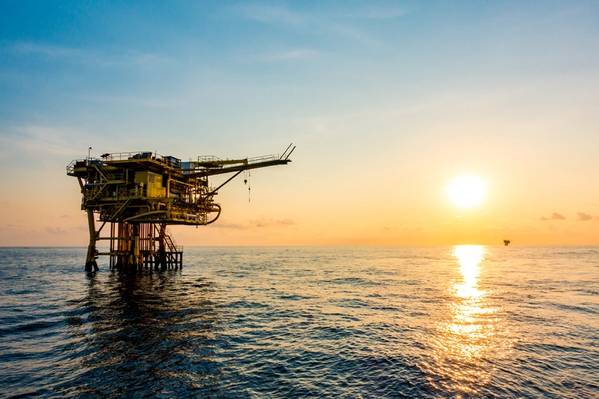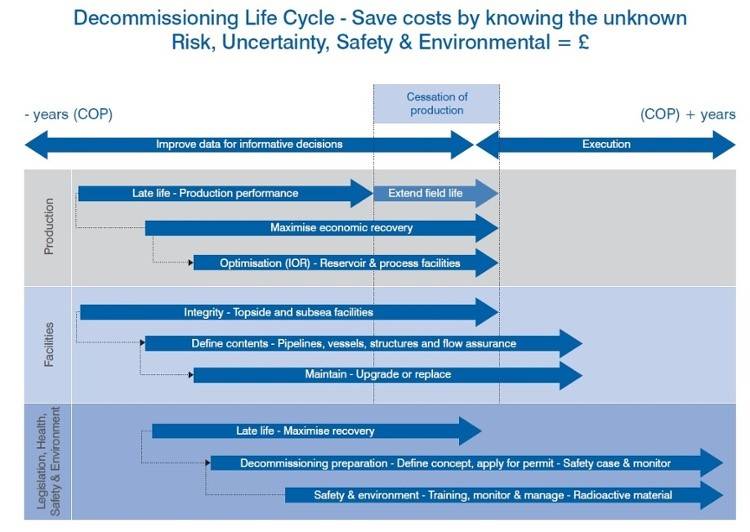
With an increasing focus on more cost-effective, sustainable methods within the oil and gas industry, operators are carefully considering the choice between extending or ending offshore production asset life. Pre-decommissioning planning has been highlighted as a key issue for many companies. It is important to allay uncertainty in order to allow for justified decisions on ending or extending asset life. Tracerco explores which diagnostic services can help with the process of ending or extending asset life.
Choosing to end asset life
If an asset is no longer viable, planning its decommission is obviously crucial. The important factor here is to ensure that the route taken mitigates risk and is carried out safely, considering the best interests of the environment as well as complying with local regulations and legislation.
Technologies are available to provide detailed knowledge of asset conditions, allowing operators to make informed decisions on their dismantle and disposal strategy. Diagnostic services can give information on the integrity of structures, which can justify safe decommissioning. Knowledge of platform member integrity and flowline contents allows operators to assess the weight of structures (as well as ensure they are free from deposits/blockages) before any lifting, ensuing safe dismantling.
It can also be prudent to seek out expertise and equipment for naturally occurring radioactive material (NORM) / low specific activity scale (LSA) management, detection and disposal — ensuring that decommissioning is as safe as possible. These services are also valuable in radioactive source recycling, further enhancing the safety and sustainability of operators’ decommissioning programs
 (Image: Tracerco)
(Image: Tracerco)
Choosing to extend asset life
In the event of wishing to extend asset life, an inspection of its structures is key to ensure this is a safe decision. In cases of initial assessment, technologies that can confirm structural integrity with regard to pipeline corrosion and erosion; flexible riser liner and carcass inspection; midwater arch/buoyancy tank inspection; platform member inspection and grout monitoring, is essential. These technologies are also vital during extended life campaigns, as regular inspection is required to confirm the viability of the asset.
Data gleaned from detection, diagnostic and measurement technologies ensure cost-effective and sustainable production during ongoing processing. With regard to ongoing processing, data provided through innovative detection, diagnostic and measurement technologies can ensure sustainable, cost effective production. Reservoir recovery is circa 30% to 40%, and with improved oil recovery (IOR) / enhanced oil recovery (EOR) technologies as an industry we have experienced a significant impact, where these percentages have been significantly increased. In IOR/EOR applications, chemical tracer technology can be used to manage fluid movement and maximize hydrocarbon output by establishing water entry points, providing a water cut profile along the wellbore and confirming the water source from the formation or injection water movement when combined with waterflood tracing.
For field development planning, operators can also make use of flow assurance technologies on the market that help detect high flow permeable channel blocking. This can help to confirm the effectiveness of chemical treatment. In addition, operators can also measure waterflood effectiveness, residual oil saturation, water and oil inflow — which can often be used as an alternative to PLTs where they are deemed too risky, costly or well design does not permit — as well as effective water injection and mud invasion.


